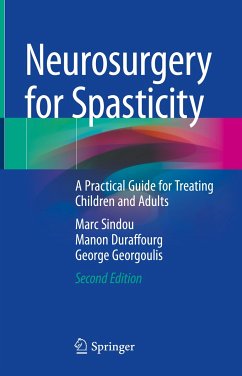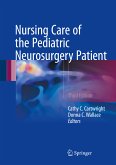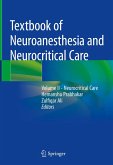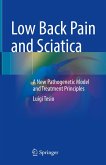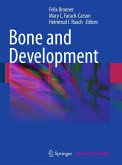The book, in its second edition, is devoted to the neurosurgical management of spasticity and focal dystonia. Starting with a chapter on the anatomical and physiological bases of spasticity and a short history of its neurosurgical treatment, it describes the neurosurgical methods currently available. As management differs between adults and children, the book is also structured accordingly, including evaluation, decision-making, Intrathecal Baclofen therapy (ITB), Botulinum toxin therapy and Surgery. The large spectrum of scales for assessing hypertonia, spasticity, dystonia, contracture and joint/bone deformities, as well as the scoring systems for quantifying functional abilities are critically reviewed. Beyond ITB, the neurosurgical options covered include the microsurgical procedures focusing on the peripheral nerves, dorsal roots, Dorsal Root Entry Zone and spinal cord, and their intra-operative monitoring.
In this second edition, the orthopedic surgical interventions available will take a large place, either as alternative solutions , or even better as important complements after spasticity be solved by the neurosurgical treatments.
Based on surgical experience collected with more than a thousand and eight-hundred patients, the book gathers the most important aspects of our present understanding, presented using a practical, educational approach. It stresses the importance of a multidisciplinary approach, including neurologists, pediatricians and rehabilitation specialists. Close collaborations with other surgical disciplines like orthopedic surgery and neuro-urology are outlined.
Dieser Download kann aus rechtlichen Gründen nur mit Rechnungsadresse in A, B, BG, CY, CZ, D, DK, EW, E, FIN, F, GR, HR, H, IRL, I, LT, L, LR, M, NL, PL, P, R, S, SLO, SK ausgeliefert werden.

